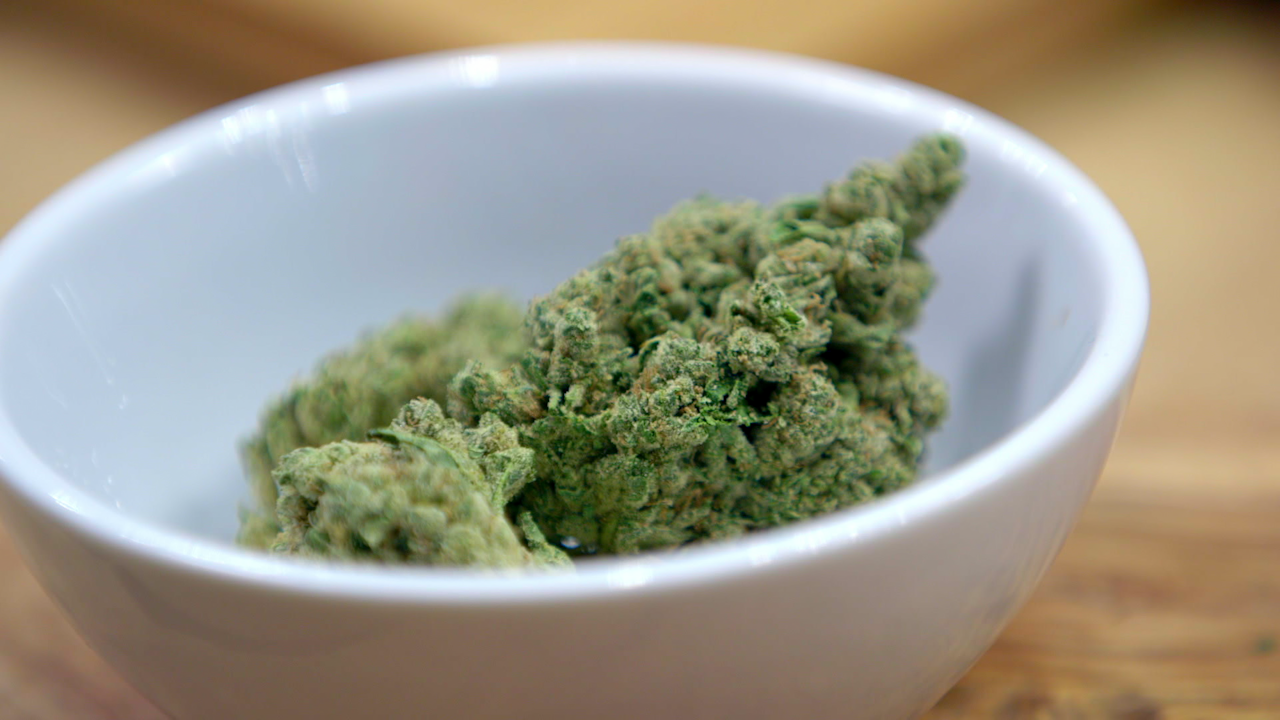“Just add weed” seems to be the only idea for otherwise unrelated companies looking to capitalize on the U.S.’s growing, legal marijuana market. There are marijuana city tours, marijuana event planners, marijuana beauty products, and marijuana-friendly hotels, just to name a few, all capitalizing on the fun to be had in the new consequence-free world of cannabis consumption. Watching people consume marijuana, however, isn’t interesting in and of itself, something many friends of stoners already know. Unfortunately, that’s something Netflix hasn’t quite figured out with the release of Cooking on High, its latest cooking competition show, in which expert chefs create weed-infused dishes in the hopes of impressing their judges: unabashed stoners who are just happy to be there.
Most cooking shows are as fun to watch while high as any nature documentary or Law and Order: SVU episode. Cooking on High has all the basic ingredients (pun intended) of what could be a successful cooking competition show: affable hosts and judges, a bright, sleek set, and chefs with the ability to make eye-catching dishes.
There are distinct differences, though. The show’s resident cannabis expert Ngaio Bealum introduces a new cannabis strain each episode that will be used in the prepared dishes (though the process of turning flowers into weed oil or butter is never included, presumably for time and to save viewers from the long, boring process). After the judges consume the dishes, they are given a “THC Timeout” to allow the effects of the foods to take root, during which time they get a chance to speak directly to the camera about how high they are. (Unsurprisingly, many admit that they were already high when they arrived.)
Many of the chefs specialize in making cannabis-infused meals and other edibles. One, chef Andrea Drummer, made a French onion soup in the fourth episode that put me on the lookout for the non-medicated recipe. But with its focus on judging dishes that, for viewers, are indistinguishable from their non-medicated counterparts, Cooking on High ends up as a boring exercise in testing the limits of cannabis on TV. The success of shows like Weeds, Martha & Snoop's Potluck Dinner Party, High Maintenance, and Broad City illustrate that people are interested in shows that talk about the weed industry, incorporate celebrity weed lovers and marijuana-related popular culture, and generally comport themselves with a spacey vibe familiar to anyone who’s gotten a little too lost in the leaf. Meanwhile, Cooking on High only offers an obvious takeaway: Watching people you don’t know talk about being stoned isn’t fun for viewers, even if those viewers are themselves stoned.
The show’s creators get this, to a certain extent. The 12 episodes are no longer than 15 minutes each, and there are always only two dishes to deliberate on. The cast of rotating chefs and judges are all funny and personable enough that I didn’t completely mind giving the show a try, but for stoners and food-lovers alike, there’s not much there to earn your commitment. I wouldn’t be surprised if, in the coming years, we see more and more of these Hail Mary attempts to capture the weed-consuming, TV-watching market. One day, there will be a stoner cooking show that captures our hearts.

